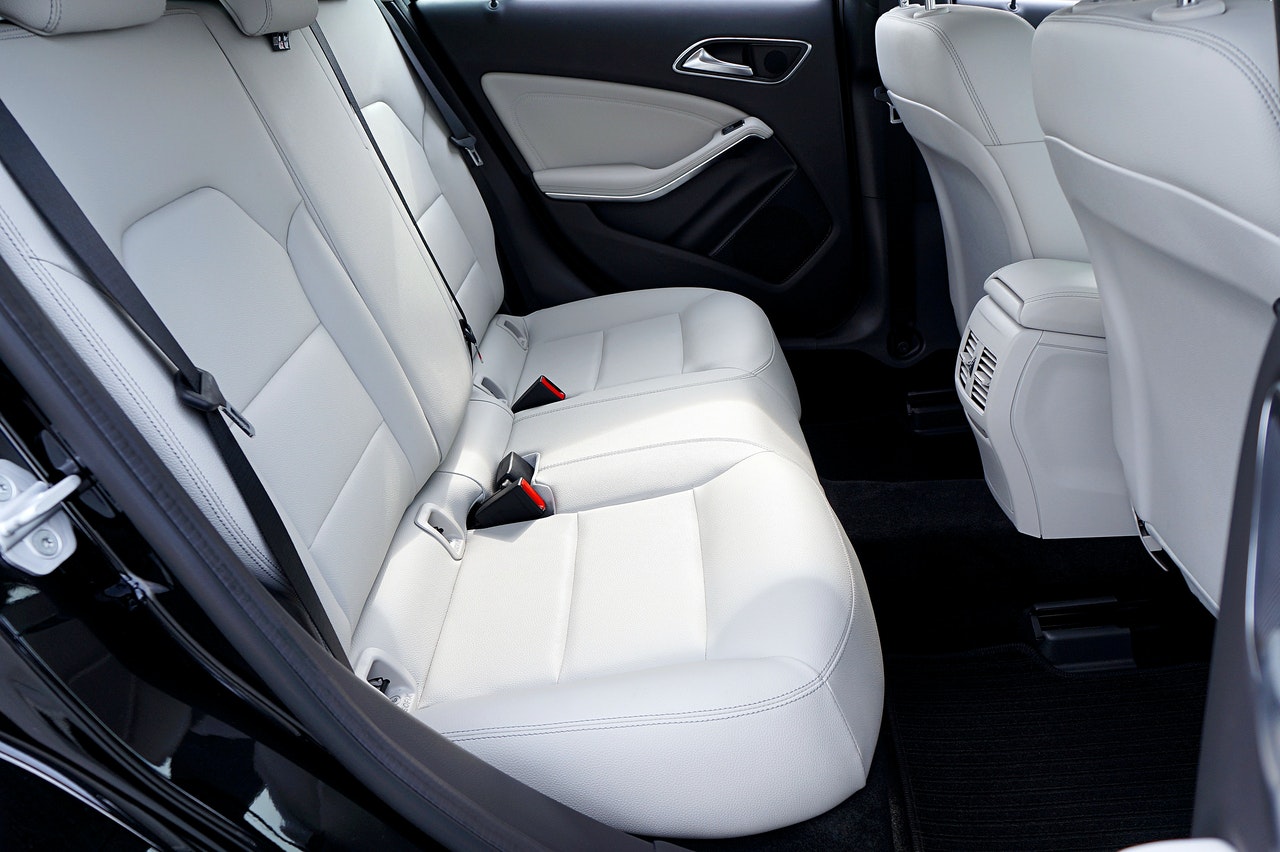If you were in a car accident because you ignored your seat belt repair requirements and were not strapped in, you might have suffered some avoidable injuries. But does your claim’s value suffer as a result of your failure to buckle up? We’ll go over how not wearing a seatbelt affects your accident claim in more detail below.
Wearing a Seat Belt Is Necessary
Wearing a seat belt is often a lifesaver for accident victims. These gadgets can assist passengers and drivers in the following ways:
- Keeps passengers from flying through the windshield
- Prevents occupants from slamming into windows or dashboards
- Prevents further bodily trauma
While not every seat belt is perfect, it has been proven that they save lives. Even if you are injured in an accident while wearing a seat belt, injuries in these types of accidents are typically less severe than injuries sustained by occupants who are not wearing seat belts.
Using the “Seat Belt Defense” Against You
In some areas, your failure to wear a seat belt can be used against you if you are involved in a car accident. Insurance companies may use the failure to wear a seat belt to blame the accident victim for their injuries or to justify paying less compensation by alleging that the failure to wear a seat belt contributed to the severity of your injuries. Insurance adjusters may use comparative negligence law to lower the amount of compensation you receive in a settlement.
Comparative Negligence
In states that use the comparative negligence principle, the seat belt defense emerges. The liabilities of both parties involved in an accident are compared under this principle. States with comparative practice negligence follow either “modified” or “pure” recovery principles. If the plaintiff was more than 50% at fault in a state that uses the modified comparative negligence doctrine, the plaintiff might not be able to recover any damages. The plaintiff’s judgment is lowered by the degree to which they were liable for their injuries in states that employ the “pure” comparative negligence doctrine.
Failure to Mitigate Damages
When an aggrieved party fails to take reasonable steps to lessen the amount of their injury, states may reduce damages awarded. Failure to mitigate damages pertains typically to the injured party’s actions after the accident; however, some jurisdictions consider the driver’s failure to wear a seatbelt to constitute a failure to minimize the damage that could have occurred before the accident.
Jurisdictions Allowing the Use of Seat Belt Defense
Only a few jurisdictions allow a seat belt as a defense, including Alaska, Arizona, California, Colorado, Florida, Georgia, Iowa, Michigan, Missouri, New Jersey, New York, Ohio, Oregon, West Virginia, and Wisconsin.
Hawaii, North Dakota, Indiana, Mississippi, and Nevada haven’t made a strong case for or against seat belt enforcement, while the rest do not allow the seat belt defense.
It’s also worth noting that some countries limit the number of damages that can be reduced. Iowa, Michigan, Missouri, Oregon, and Wisconsin are just a few of the states that have put restrictions on defense use.
Getting a Lawyer to Help with Your Claim
The seat belt defense is just one of a bewildering assortment of claims and defenses that may be raised throughout a car accident lawsuit. A lawyer’s guidance can be invaluable in judging the strength of a claim or defense, as well as in avoiding being harassed by insurers’ legal counsel. To learn how a local attorney can assist, contact them for a claim evaluation.
Always Check Your Seatbelt and Keep Them Fastened!
Make it a habit to fasten your seatbelt whenever you enter a car. It doesn’t matter how far you’re traveling. Assist by asking other passengers to fasten their seatbelts. Assist in assuming responsibility for everyone’s safety.
If you think you need seat belt repairs, Safety Restore will solve your problem. Call (855) 552-7233 and let us know what we can do to help you!

